You won’t move forward with your business without customer feedback. That’s it. Every business needs to know what its customers think about it—the good and the bad.
Now, there are so many ways to approach collecting feedback that you might get a headache before you even start asking your customers for opinions.
That’s why we created this guide—to help you choose the right methods to collect customer feedback and show you how to turn it into a continuous process.
We’ll guide you through:
✴️ The different types of customer feedback and when to use them
✴️ The best methods to collect feedback
And we’ll also show you
✴️ What to do with the feedback you collect
✴️ How to act upon it (the best ways)
✴️ The best tools to collect customer feedback
Let’s go.

What is customer feedback?
Customer feedback is information, insights, issues, and input your customers share about their experiences with your company, products, or services. It guides improvements in customer experience and can empower positive change in any business—even (and especially) when it's negative.
Here are some key points about customer feedback.
⭐️ Source of valuable insights
Customer feedback gives you valuable insights into your customers' thoughts, wants, and needs. It helps you understand customers' perspectives and experiences.
⭐️ Improvement tool
Feedback from customers can highlight areas where your company needs to improve its products, services, or overall customer experience. It enables you to identify and address issues or pain points.
⭐️ Various forms
Customer feedback can come in various forms, such as surveys, reviews, social media comments, customer support interactions, or interviews.
⭐️ Active and passive
You can actively gather customer opinions by sending out surveys or conducting interviews. You can also receive unprompted feedback through website widgets or customer support interactions when the customer initiates contact.
⭐️ Positive and negative
Both positive and negative feedback are valuable for business growth and success.Positive feedback highlights what a company does well, while negative indicates areas that need improvement.
⭐️ Customer engagement
Actively seeking and responding to customer feedback shows that you value your customers' opinions and are committed to improving their experience. It can lead to increased customer satisfaction and loyalty.
⭐️ Continuous process
Gathering and acting upon customer feedback should be an ongoing process. Continuous feedback collection helps you stay responsive and adaptable as customer needs and expectations evolve.
Why is customer feedback important?
Customer feedback is vital for several reasons:
1. Measures customer satisfaction
Customer feedback helps you gauge customer satisfaction with your products, services, and overall experience. It directly assesses how well your company is meeting customer needs.
2. Identifies areas for improvement
Customers' feedback can highlight areas where a company should improve, such as product features, service quality, or customer support. This information can help you address issues more precisely and make necessary enhancements.
3. Drives product development
Customer feedback can provide valuable insights into your product research, which can guide the development of new products or the improvement of existing ones.
4. Shows customers their opinions matter
Actively asking for customer feedback (and responding to it) demonstrates your company values clients’ opinions and is committed to improving their experience. Making your clients feel heard can increase their loyalty—in the end, we all like to be taken seriously—especially, in the business context.
5. Boosts customer retention
When you actively listen to and address customer feedback, you are more likely to retain your customers. Showing responsiveness and a commitment to improvement will surely help in keeping your customers happy.
6. Facilitates data-driven decisions
Analyzing customer feedback provides a wealth of data to use when making business decisions. Trends and patterns analysis can guide you in making data-driven choices like optimizing your strategies and allocating resources effectively.
How to collect customer feedback?
There are numerous customer feedback collection methods that can provide you with valuable consumer opinions. The most popular ones are various types of online surveys. They’re easy to launch and collect a good research sample, and they’re the most cost-effective option on the market.
1. Net Promoter Score (NPS)
Net Promoter Score is a widely used metric that measures customer loyalty and satisfaction. It’s determined by asking customers a single question: "On a scale of 0 to 10, how likely are you to recommend our product/service to a friend or colleague?"
Based on their responses, customers are grouped into three categories:
🟢 Promoters (9-10): Loyal enthusiasts who will keep buying and referring others, fueling growth.
🟡 Passives (7-8): Satisfied but unenthusiastic customers vulnerable to competitive offerings.
🔴 Detractors (0-6): Unhappy customers who can damage your brand through negative word-of-mouth.
The NPS score is calculated by subtracting the percentage of detractors from the percentage of promoters:
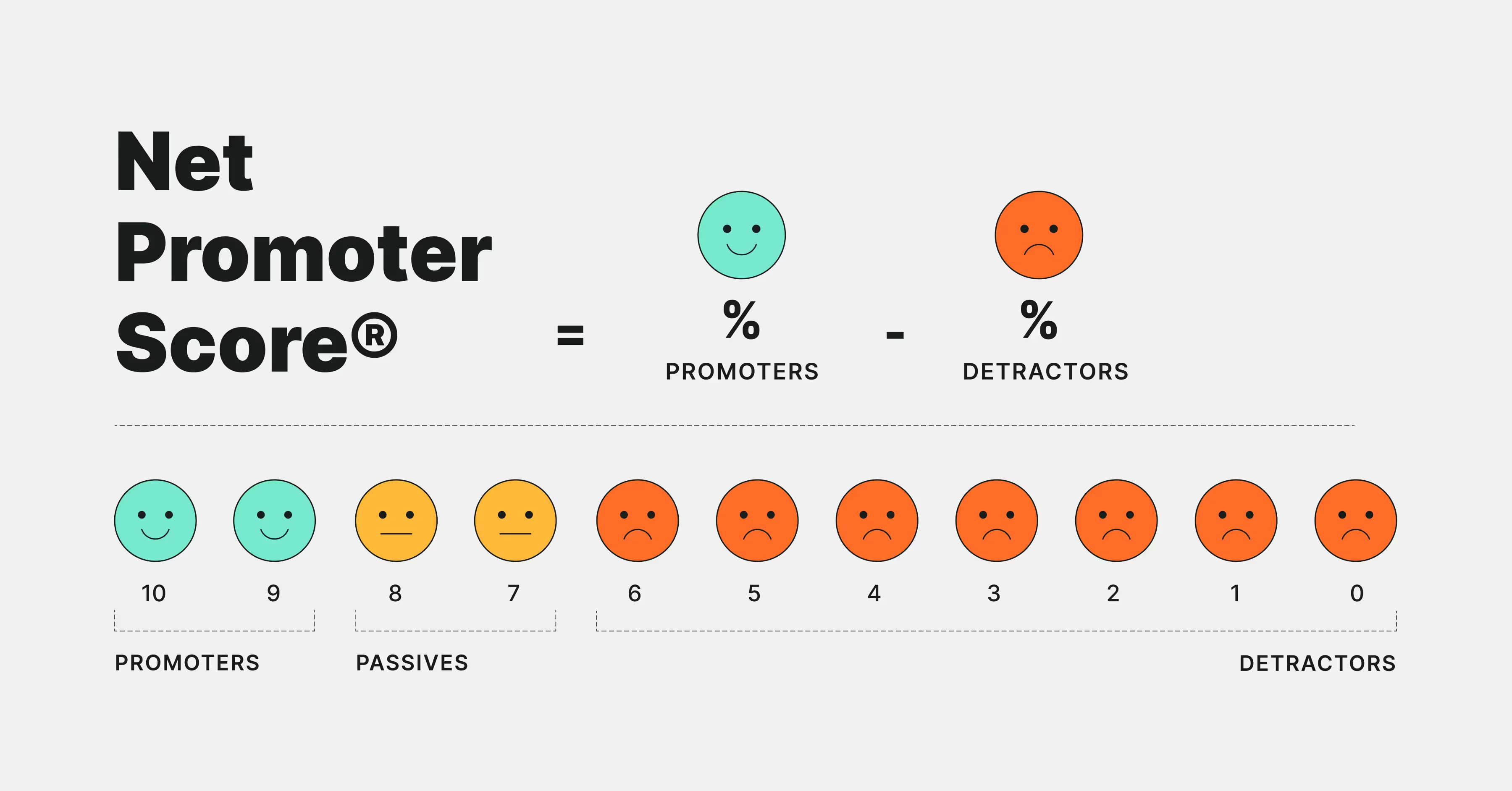
The score can range from -100 (if every customer is a Detractor) to +100 (if every customer is a Promoter).
How can you use the NPS survey?
Although NPS has its pros and cons (oversimplifying complexities to a single score, NPS bias, or focusing on the extremes), it can serve several critical business functions. Ultimately, it’s only a tool—how it’s used depends solely on its user.
Measuring customer loyalty
NPS provides a snapshot of your customers’ loyalty and their likelihood to recommend your product or service.
The most important and interesting thing for us is that we see growth in our affiliate network because we automatically invite all these promoters to become our ambassadors and promote our product. We also ask them to leave reviews on Facebook if there is a high promoter rate.
Aleksejs Krūmiņš, Head of Growth Marketing at Pranamat
💡For example, Pranamat set up a conditional logic in the NPS survey asking promoters to leave an online review. By doing so, the company improved its Facebook rating to 4,9 out of 5.
Benchmarking
Companies can use NPS to benchmark their performance against industry standards or competitors.
We chose the NPS because it’s more of a benchmark way of comparing with other types of businesses within the same area.
Alice Samuelsson, Product Manager at Hitta
💡For example, hitta.se, among other use cases, gauges NPS to see how they’re going against local competitors.
Tracking performance over time
Repeated NPS surveys help track changes in customer loyalty and satisfaction over time, indicating whether initiatives to improve customer experience are working.
💡For example, wetter.com tracks NPS to build a satisfaction trendline. Thanks to it, they can assess whether some fluctuations are normal (they discovered customer satisfaction depends on the actual weather) and which should be addressed quickly.
You need to start somewhere and then see the baseline. Our business depends on the weather, so our users are probably less satisfied on rainy days. It’s quite the opposite when it’s sunny. We can see this in the surveys, but we needed a year or two to establish a baseline. User satisfaction went up in summer and down a bit in winter. Now we know it’s a normal trend.
Falco Kübler, Senior Product Owner at wetter.com
Driving growth
A high NPS often correlates with strong word-of-mouth referrals, which can lead to organic growth.
💡For example, GetResponse measures the NPS among its free customers. This way, they’re able to assess how to improve the customer experience so that more free users convert to paid plans.
This way, we’ve been able to get more engagement with our free users and to understand more about what’s keeping them with us and what would help them become a monetized customer.
Abby Hehemann, Director of Product Marketing at GetResponse
Customer segmentation
NPS segments your customers into promoters, passives, and detractors. However, you can add follow-up questions to the survey to get more in-depth information about your customers and better personalize the content you share with different audiences.
What's the likelihood of someone who gave us a very low score to refer us to their friend? Probably low. And then, at the same time, there’s no relevancy. If someone gives us a score of one and the next message they get is like, ‘Hey, refer us to their friend,’ as a customer, I would feel like, okay, these guys have no idea what they are doing.
Krzysztof Szymański, Former Head of CRM at Taxfix
💡For example, Taxfix uses segmentation in both ways. First, they group their customers based on their NPS score. They also ask their customers three more questions that help personlaize the content the company sends with the customer type. This way, Taxfix consistently works to improve retention.
2. Customer Satisfaction Score (CSAT)
Customer Satisfaction Score (CSAT) is a metric that shows how satisfied customers are with a company’s products, services, or overall experiences.
You usually calculate it by asking customers to rate their satisfaction on a scale, often from 1 to 5, with the resulting score representing the percentage of satisfied customers (those who rated their experience as a 4 or 5 on a 5-point scale, for example).
In many ways, CSAT may look similar to NPS. However, it is a more transactional type of survey, meaning you usually use it to measure a recent experience rather than to grasp an overall sentiment.
Measuring customer satisfaction
CSAT directly gauges how happy customers are with specific interactions, products, or services. It’s often used to measure satisfaction with customer support interactions.
We use CSAT surveys to evaluate our agents. We measure CSAT when customers report issues. So, they will evaluate the agent handling the specific problem. We also do it for the Sales team—when they make a deal, we would like the customer to tell us "how satisfied are you with our sales representatives?"
Alice Samuelsson, Product Manager at Hitta
Identifying areas for improvement
CSAT helps businesses pinpoint specific areas that may need attention or improvement based on customer feedback.
We always ask for feedback after every parking session. As soon as a parking action has been completed, we will send out a survey to ask about the recent experience of the parker. The questions are related to the process from A to Z. Starting from the online booking process, opening barriers via our app until the on-site experience in the car park. There are thousands of responses every month.
Louise Alberg, Customer Service Manager at ParkBee
Closing the feedback loop
CSAT scores work as a barometer of how customers feel about your product, or service. By carefully analyzing and acting upon the feedback—making changes in the customer journey, add new features, or improve website usability—you can level up your game.
We use Survicate to understand our website visitors’ digital experience, so we can then make it better
Glen Hamilton, Senior Director of Digital Growth at Fortive
💡For example, Fortive used CSAT surveys to improve their website experience, and there’s some experience to encompass: as a portfolio-based company, Fortive encompasses 18 different companies (and websites) under its umbrella.
After just three months of implementing the feedback collected from customer satisfaction surveys, the company improved CSAT by 20% on the portfolio level.
3. Customer Effort Score (CES)
Customer Effort Score (CES) helps you understand how much effort customers need to put into different interactions, whether making a purchase, getting support, or using a service.
Typically, you measure it by asking customers a single question, such as: "How easy or difficult was it to solve your problem with us today?" Customers respond on a scale ranging from "Very Easy" to "Very Difficult."
Customer effort score measures how easy it is for customers to interact with a company, complete a task, or resolve an issue.
Let’s see some of its practical applications.
Optimizing website usability
You can use CES surveys after customers complete key tasks on a website, such as making a purchase or finding information. They can serve as a bottom line in identifying areas where customers report high effort, so you can improve the user experience and streamline navigation.
Try our website feedback survey template ⤵️
Enhancing self-service tools
Another idea is to deploy CES surveys after customers use self-service tools like knowledge bases, chatbots, or automated phone systems. It helps assess whether these tools are effective or if they need to be simplified to reduce customer effort.
Improving onboarding processes
You can also set a CES survey during the onboarding process for new customers or employees. Again, by measuring how easy it is to get started with a product, service, or role, you’ll get a basic understanding and address any barriers that may discourage users from fully engaging.
Check our customer onboarding survey template ⤵️
4. Customer churn surveys
Customer churn or customer exit surveys help you understand why customers decide to stop using a product or service. These surveys are typically sent shortly after a customer cancels a subscription, downgrades their service, or indicates in some other way that they’re about to leave the company.
Check our customer exit survey template ⤵️
A customer churn survey provides in-depth information on why your clients leave. It’s invaluable when designing countermeasures or building your retention machine.
Identifying reasons for churn
The primary goal of churn surveys is to gather insights into why customers are leaving, such as dissatisfaction with the product, pricing issues, or poor customer service.
Improving retention strategies
Churn surveys help identify common trends or recurring problems that may be driving customers away. By understanding why customers churn, you can develop strategies to resolve these issues and reduce the number of lost customers.
Customer recoveryIn some cases, you can use feedback from churn surveys to win back customers by addressing their concerns and offering solutions.
Learn more about customer churn and how automated workflows can prevent it ⤵️
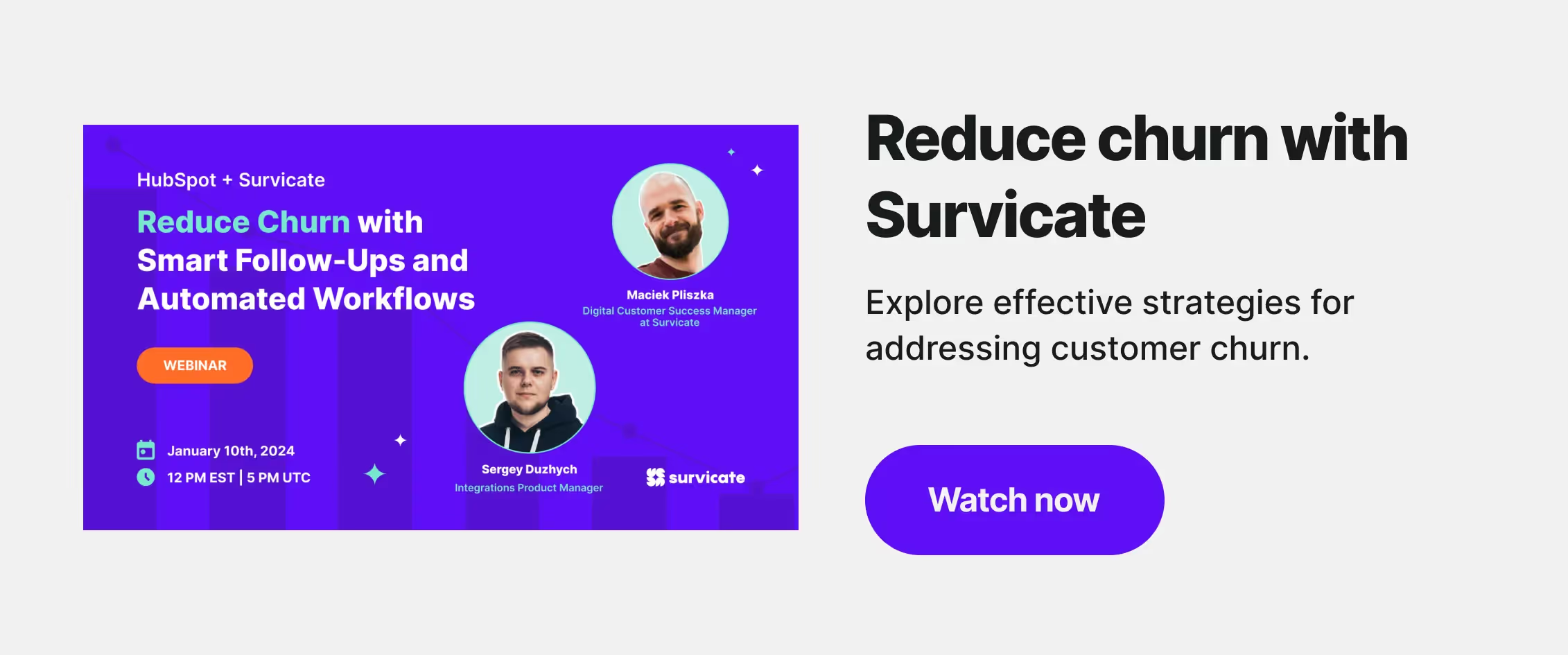
5. Website feedback widgets
Feedback widgets are small tools or plugins integrated into a website that allow visitors to provide qualitative feedback directly on the site. They typically appear as a button or an icon users can click on to share their thoughts, report issues, or suggest improvements.
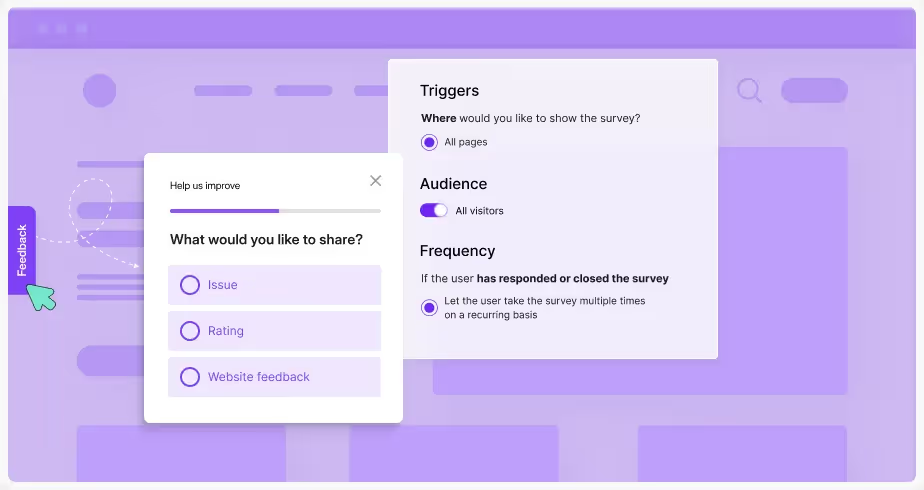
Feedback widgets are great for leaving an open channel with your customers on your website or inside the product. They allow users to easily report any issues they come across or simply leave some great feedback.
Reporting usability issues
One of the main use cases of feedback widgets is to allow customers to report technical issues. This helps you detect bugs that may otherwise be hard to spot.
If we hadn't been hearing the issue bubble up through the Feedback Button, we wouldn't have had any way of knowing about it.
Katherine Crutchfield, UXR Lead at Landing
Collecting customer feedback passively
With a feedback button, you yield the initiative to your customers or visitors—they leave feedback when it’s convenient for them. This might result in learning new perspectives and receiving honest opinions.
Continuously collecting customer feedback
You only need to set it up once, and you’ll get a fresh flow of insights ever after. Convenient if you use it as one of your customer feedback sources.
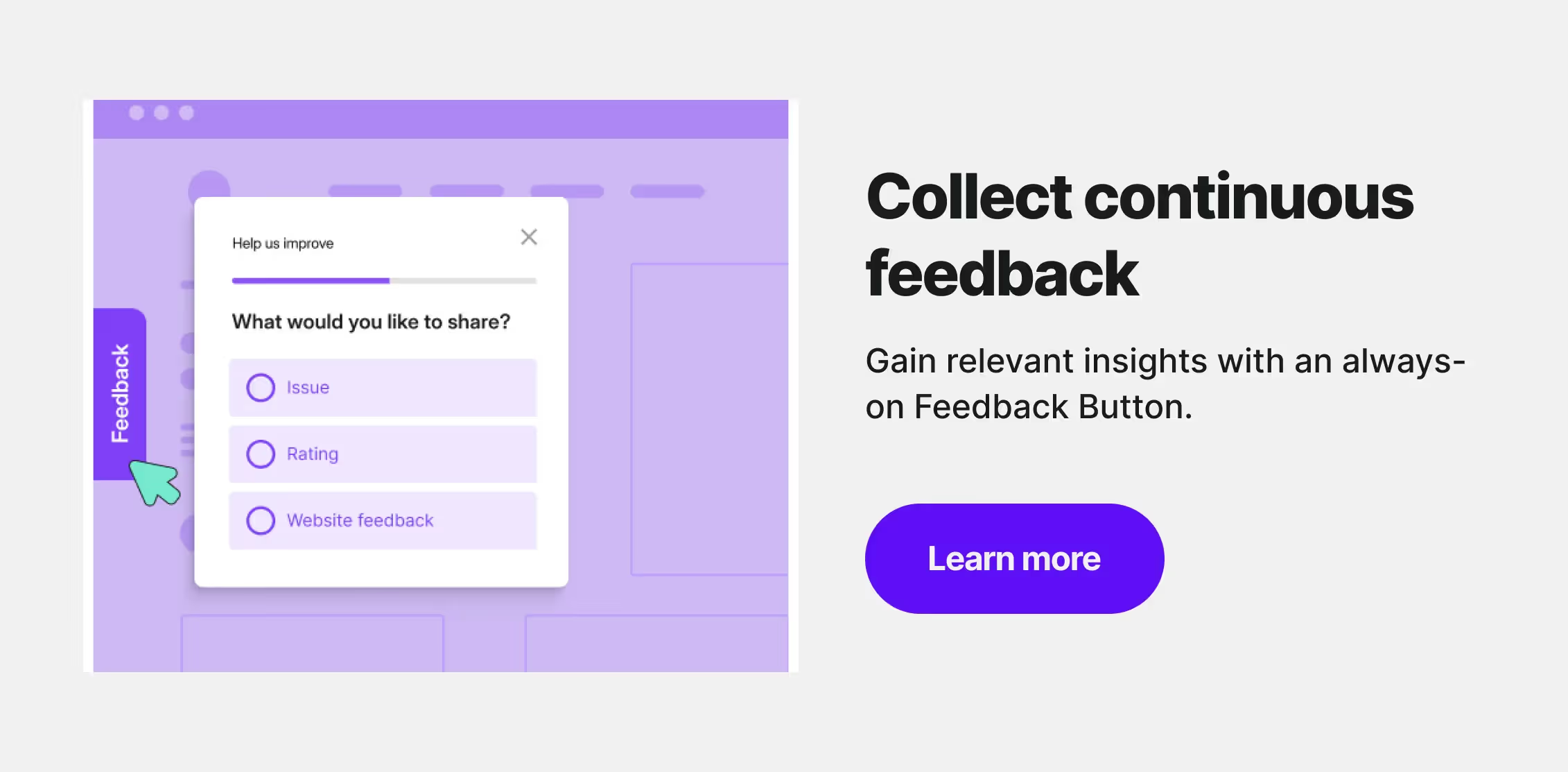
6. Customer support interactions
Customer support interactions refer to any communication between a customer and your support team. They can take place through various channels, including phone calls, emails, live chats, social media, and in-app messaging.

The primary goal of customer interactions is to resolve customer issues, answer questions, and ensure customer satisfaction, but they can be a gold mine of insights.
Understanding customer needs
Interactions with your support team provide direct insights into customer needs, expectations, and pain points, which can be invaluable for improving your products and services.
Gathering real-time feedback
Support interactions collect immediate feedback on customer experiences, while customer complaints help identify areas that need improvement.
Building customer relationships
Positive interactions build up customer happiness. They also increase customer loyalty and advocacy, while providing opportunities to gather testimonials and positive feedback.
7. Online reviews
Online customer reviews are public comments, ratings, and feedback from customers about a product, service, or business on various online platforms such as Google, G2, Capterra, and social media.

Online reviews are a powerful tool. They can drive or kill your sales, and it’s not only about negative feedback—there’s always some. It’s more about how you handle it, what you do about it, and how you communicate with unhappy customers.
Influencing potential customers
Only 3% of consumers say they never read online reviews before making purchase decisions, so you should assume your potential customers will check up on you before buying your product. What they find will impact their decision, making online reviews a crucial component of your online presence.
Gathering honest feedback
Online reviews offer candid feedback on your products and services, helping you understand what customers like or dislike.
Building trust and credibility
Positive online reviews can boost your reputation and trustworthiness, while negative reviews can highlight areas for improvement.
Monitoring customer satisfaction
Reviews serve as an ongoing, real-time measure of customer satisfaction, allowing you to track trends and address issues promptly.
💡Although online reviews are another example of passive feedback, you can encourage your customers to leave them with surveys or a feedback button.
Check our NPS survey that uses survey logic to invite promoters to leave a review.
8. Customer interviews
Customer interviews are one-on-one conversations with your customers designed to gather actionable insights into their experiences, needs, motivations, and challenges.
They aim to explore topics in detail and help you gain a deeper understanding of customer perspectives, but they’re resource-intensive and time-consuming. As a result, interviews usually involve a much smaller sample, which can limit the generalizability of the findings.
💡You can use surveys to recruit interview participants more consistently. Just like Medscape, which sets up micro-surveys inside their product to ensure a constant flow of interviewees for their continuous discovery process.
We use Survicate as a tool that enters into the discovery methodology to recruit users for interviews. There’s usually one question popping up on the site or the app asking if a user would be okay to spend 30 minutes with the Product Manager. It gives us a continuous flow of users who book slots with us. And as the survey has just one question, it's not too disruptive to the experience. This works really great.
Sandrine Veillet, VP of Global Product at Medscape
For example, you can use our pop-up research survey ⤵️
How to create a customer feedback strategy? (In 6 steps)
To make collecting feedback effective, you need a system—for example a customer feedback program, or a strategy. This way, you make sure to build a sustainable process instead of a series of ad-hoc mini projects which, while sometimes necessary, won’t help you build a customer-centric culture in the long run.
And to discuss a customer feedback strategy, you need to know all about the feedback loops.
What is a customer feedback loop?
A customer feedback loop is a continuous process of collecting feedback from customers, analyzing it, and using those insights to make improvements to products, services, or the overall customer experience.

As every feedback loop cycle includes asking for feedback, analyzing it, acting on it, and following up with customers, it is a universal base for building customer feedback strategy. Learn how to create one step by step below.
Step 1: Define your goals
Clearly define what you want to achieve by gathering customer feedback. It could include improving product features, enhancing service quality, or increasing customer satisfaction.
Align your feedback goals with your overall business objectives to ensure your efforts contribute to your company's success.
Once you know what you’d like to learn, design a feedback campaign. To make it effective, you should segment your customers (for example, by creating your ICP or ideal customer profile) and use a customer feedback tool that allows advanced targeting to make sure you reach the right people.
Step 2: Gather customer feedback
Choose appropriate feedback channels based on your target audience and their preferences. This can include surveys, reviews, social media, customer support interactions, or user testing.
Design effective feedback collection methods that are user-friendly and encourage customers to provide honest and constructive input.
Regularly collect feedback at various touchpoints throughout the customer journey to gain the fullest understanding of their experience.
Step 3: Analyze feedback
Establish a process for analyzing the collected feedback to identify patterns, trends, and key insights. Some tools, including Survicate, offer analytics tools that help you get a grasp of what’s going on.
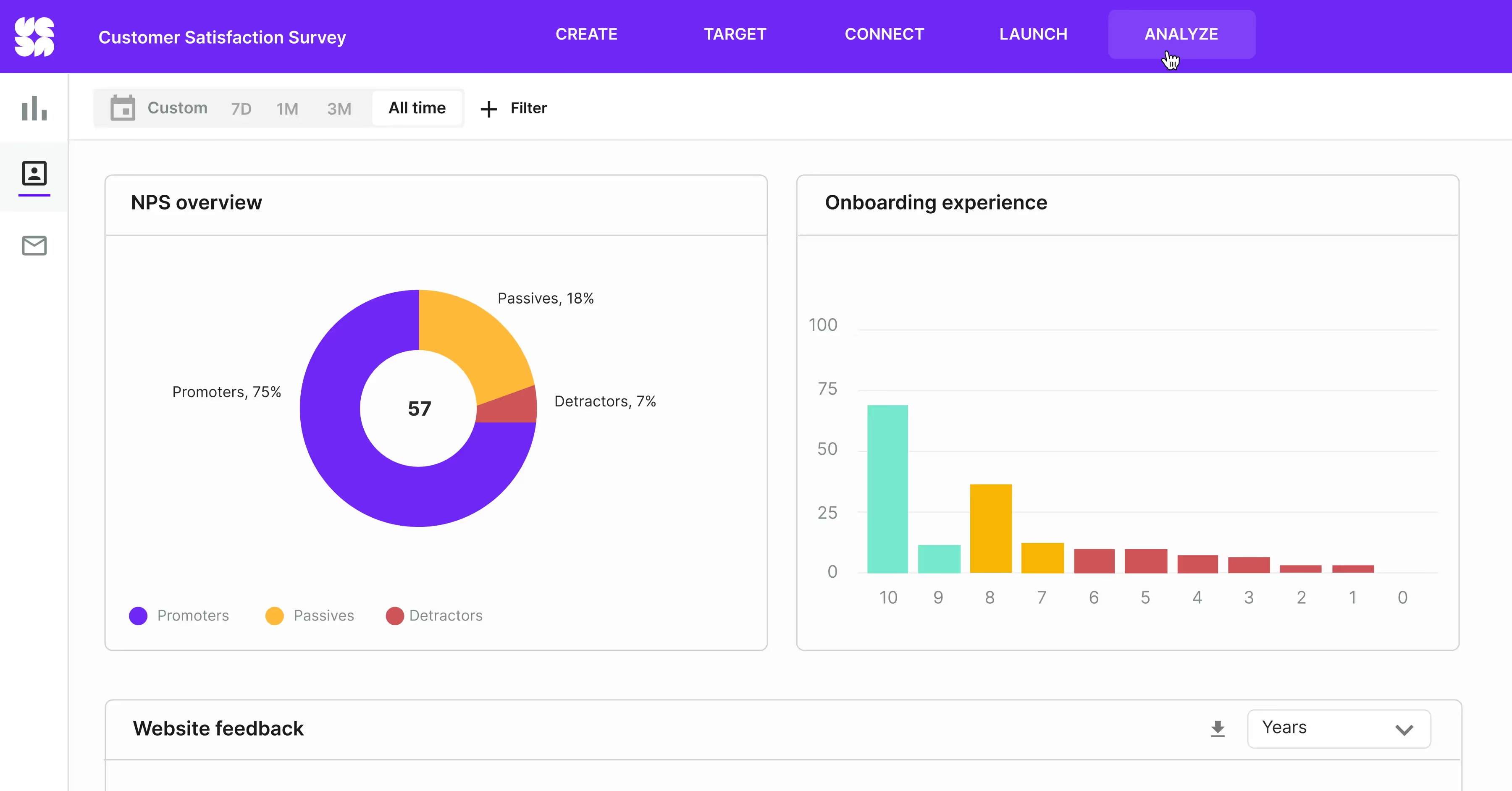
It’s important you’re able to quickly analyze both quantitative and qualitative feedback. For example, with AI-powered tools such as Insights Hub, you can analyze the open-text survey answers and all text feedback you gather from different sources.
Insights Hub cuts down the time-to-insights to seconds, and you have it all in one place, while your data remains safe and private. To complement insights mining, you can use an AI chat called Research Assistant to answer all your questions within your collected feedback. Additionally, it links back to the original source for more context.
Now, after saving tons of time on analysis, you can focus on prioritizing the most critical issues or opportunities based on their impact on customer experience and business objectives.
Step 4: Share insights
We could even go further and say: democratize access to customer feedback and insights. It is crucial if you wish to become a truly customer-centric or even “customer-obsessed” organization.
The easiest way is to choose a customer feedback management tool that offers multiple seats (for example, Survicate gives you fifteen seats on its most popular Best plan) and assign them to key stakeholders across the company.
Another option is to integrate your feedback software with the company’s communication platform, such as Slack or Microsoft Teams. This allows you to share incoming feedback with the whole organization in real time.
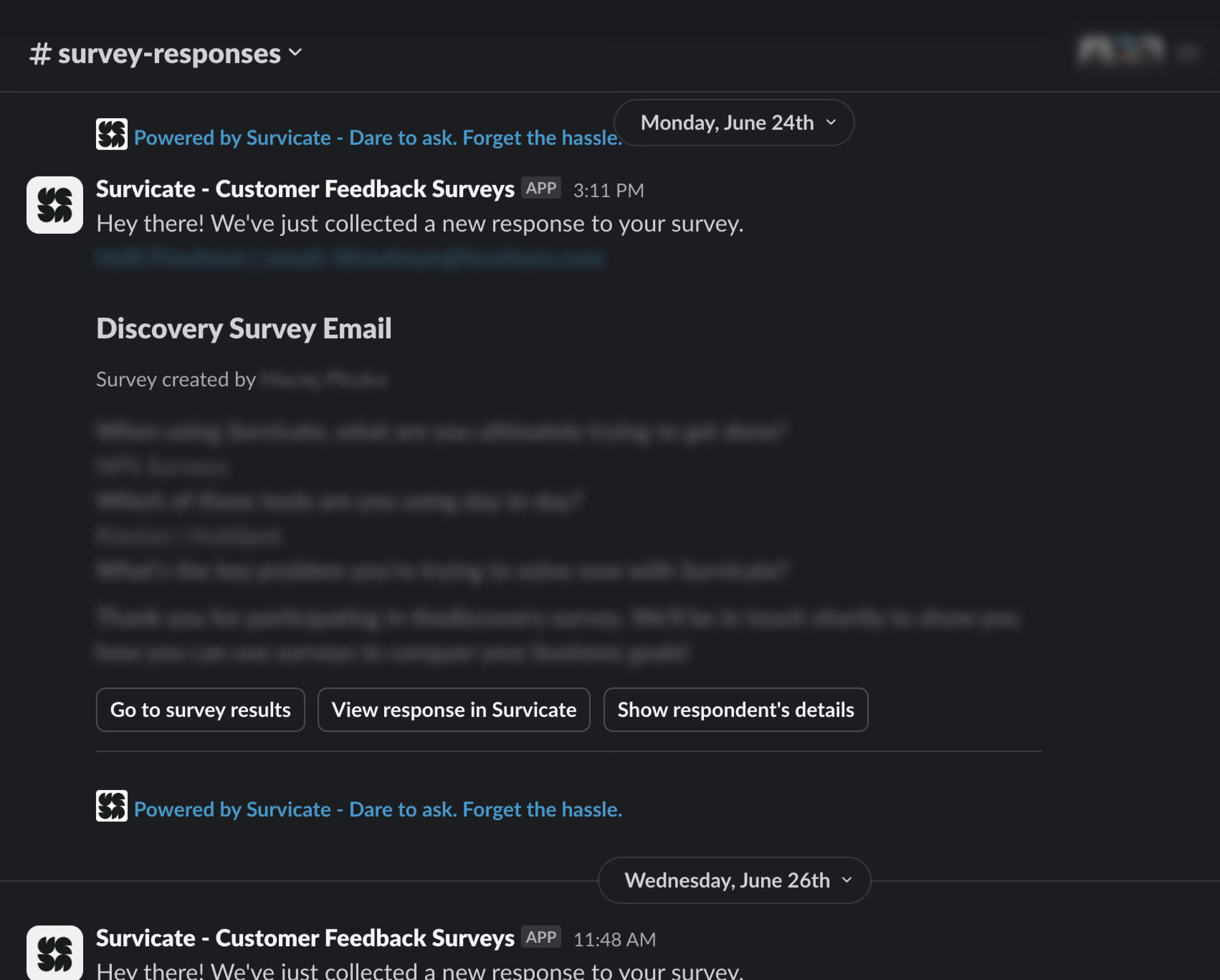
The main advantage of facilitating cross-functional collaboration? It ensures that the feedback you get is ttaken care of effectively. And say goodbye to department silos; you’re on one team to improve your customers’ experience.
Step 5: Act upon feedback
Now for some hard truths: collecting customer feedback makes sense only if you act on it. So, be ready to get down to work, after you draw your first conclusions.

There’s no magic potion for improving your NPS or CSAT; it happens when you make real changes in your digital journeys. Sometimes, these changes are small, and other times, you’ll need to thoroughly redesign your internal processes.
💡For example, when Hitta, a Swedish online platform providing information on companies, addresses, and contact details, started collecting NPS, they identified gaps in their onboarding process. They decided to change the flow and added a “welcome call” 30 days after the order. This helps detect any unmet expectations or onboarding issues early on.
As a result, three months after the change, the company noted a 35% increase in the NPS score.
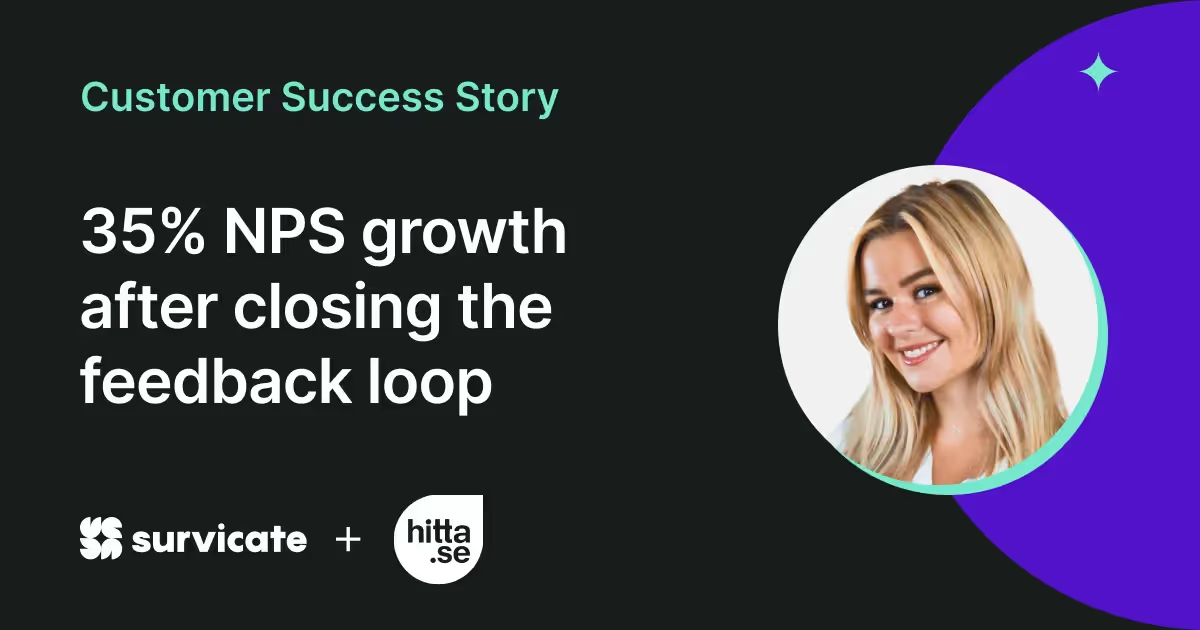
Step 6: Keep your customers updated
We cannot emphasize enough the importance of staying in touch with your customers, especially those who take the time to give you feedback. We’re all busy people here; nobody will check if their feedback has been implemented.
This one’s on you. Always remember to share these updates with your customers, be it through chat, responding to their online reviews, or your company’s newsletter.
It is how you build true loyalty and strengthen your retention.
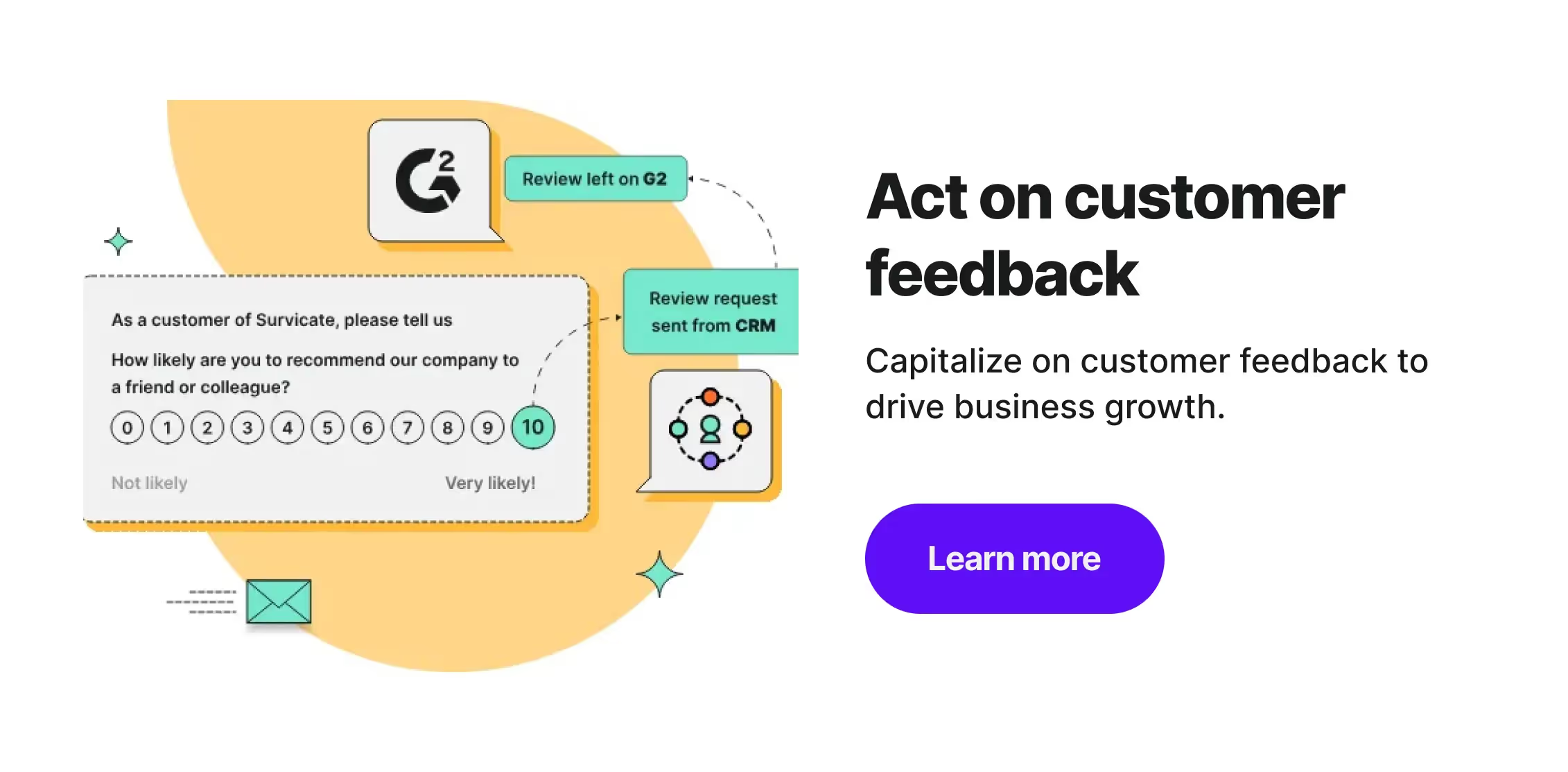
Best 3 tools to collect customer feedback
Survicate
Survicate is a customer feedback platform designed to collect customer feedback through surveys. This effortless yet powerful tool collects all types of feedback, including NPS, CSAT, and product feedback. It can help you improve your product features, conduct customer research, or complement your product analysis.
Creating surveys with this customer feedback tool takes just a few clicks—you can do it from scratch, consult an AI-powered templates library, or use an AI survey creator.
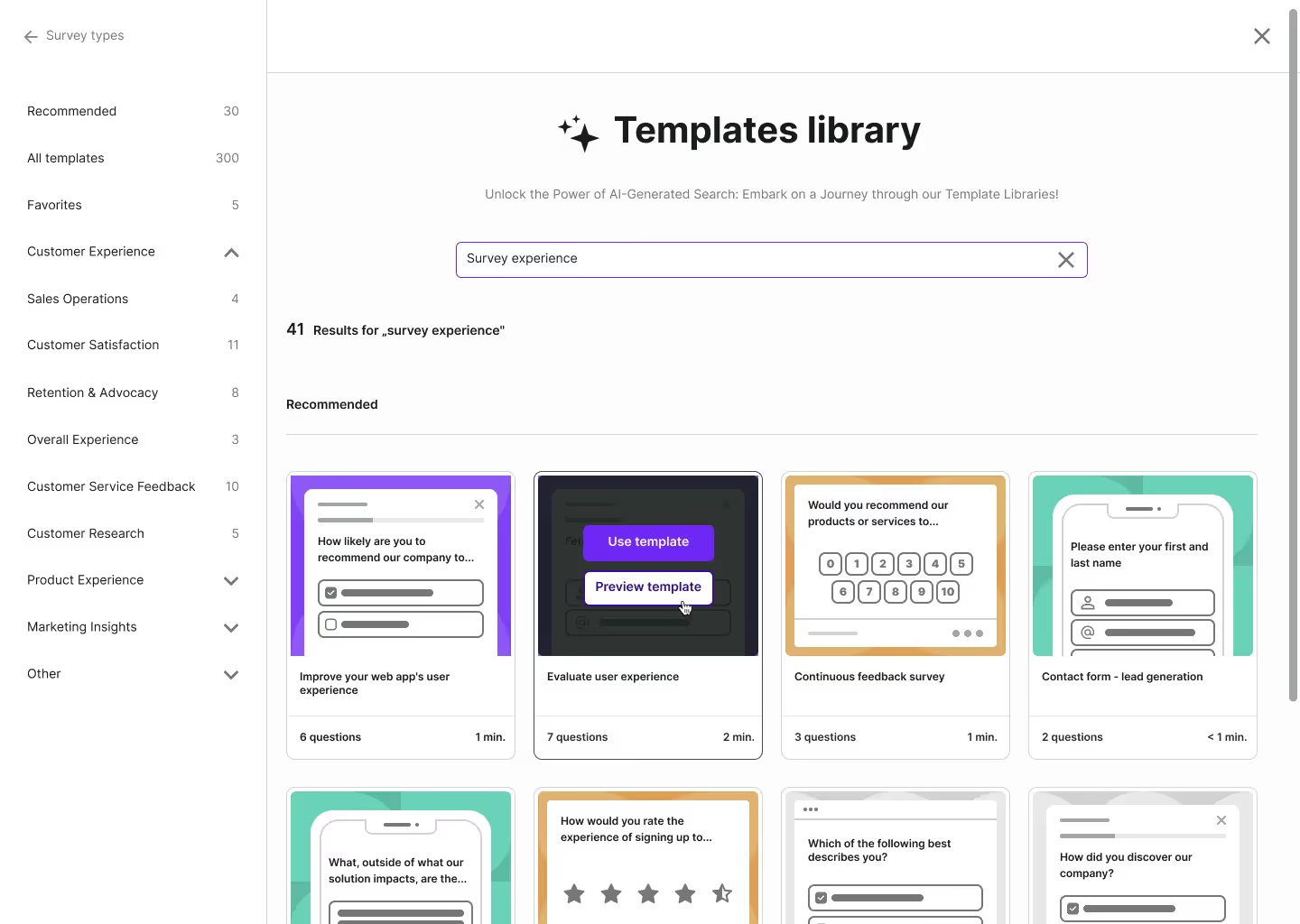
You can distribute surveys via multiple channels, such as email, website, in-product, and inside mobile apps. A link survey can also be generated.
Survicate offers robust feedback analysis options. Not only can you check on your survey results in real time, but you can also aggregate open-text answers into Insights Hub, an AI tool that automatically combs through and categorizes your customer feedback into topics.
Additionally, there’s Research Assistant, an AI chat, waiting for you to ask all the questions you always wanted to ask about the feedback you’ve collected to answer them right away.
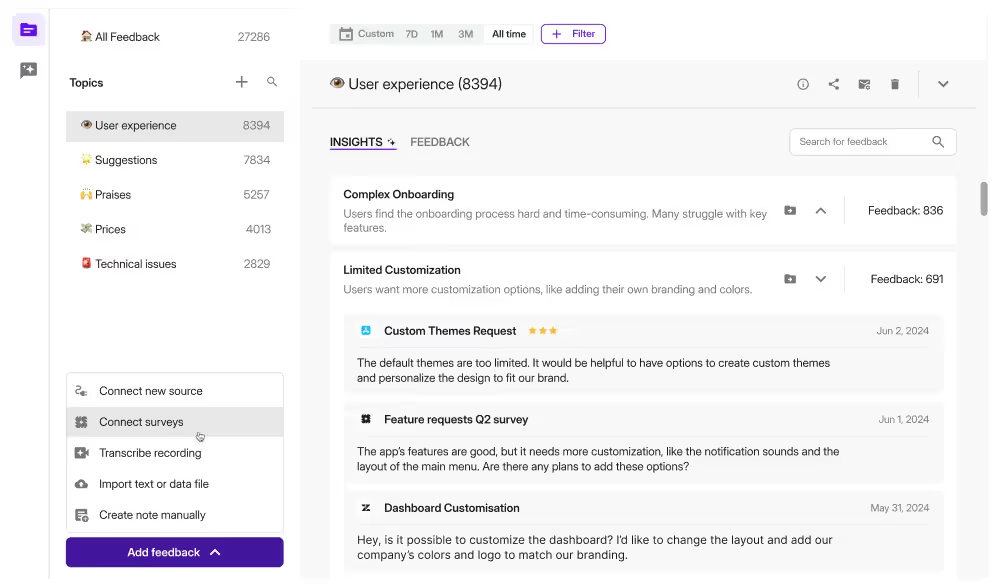
The best part? You can use both Insights Hub and Research Assistant to analyze feedback from other sources such as customer reviews, customer support interactions, and interview transcripts—you just need to connect them to Survicate (one-click, no-code kind of thing).
To save time on managing data in different workflows, you can easily connect your favorite tools with Survicate through native, one-click integrations. Browse through dozens of them, including HubSpot, Salesforce, Braze, Klaviyo, and many many more.
There’s a 10-day free trial for our most popular Best Plan, as well as a freemium option to check the product’s capabilities.
HubSpot
HubSpot is a robust CRM platform that offers tools designed for different teams such as Sales, Marketing, or Customer Service. Their Service Hub provides the option of running surveys covering basic customer satisfaction metrics such as NPS, CSAT, or CES.
It is a handy solution for those already in HubSpot’s ecosystem; however, if you only need surveys, it may turn out to be pricey. This is also true in cases when your primary hub is Sales or Marketing.
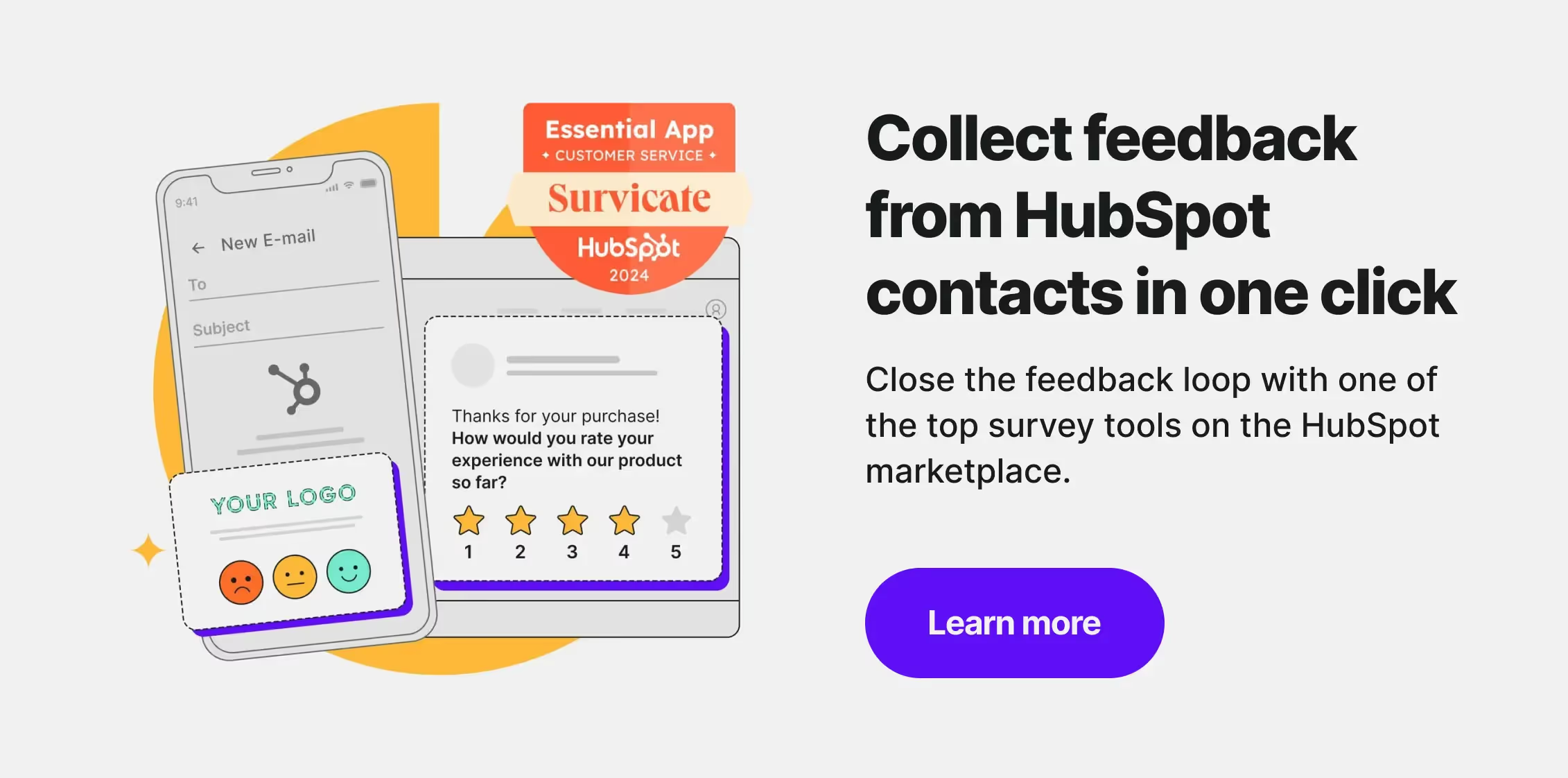
💡Tip: You can use Survicate, a top-rated survey app in the HubSpot marketplace. With the deep integration between those two tools, you can access and work with Survicate data directly in HubSpot. This way, you can:
- See Survicate survey responses right in HubSpot contact profiles, each in a separate card for a clear overview
- Open detailed survey results in Survicate with one click from the App Card for more context
- Send feedback from sales calls and emails to Insights Hub without leaving HubSpot
Qualtrics
Qualtrics is a robust customer experience tool designed to accommodate enterprise needs. This tool offers a broad array of options to the extent it may seem complicated at first. Nonetheless, it gives comprehensive control over your customer journey.
It’s definitely a tool for larger companies, as all of the features come with a steep price that needs to be consulted personally, as Qualtrics does not have a publicly available pricing.
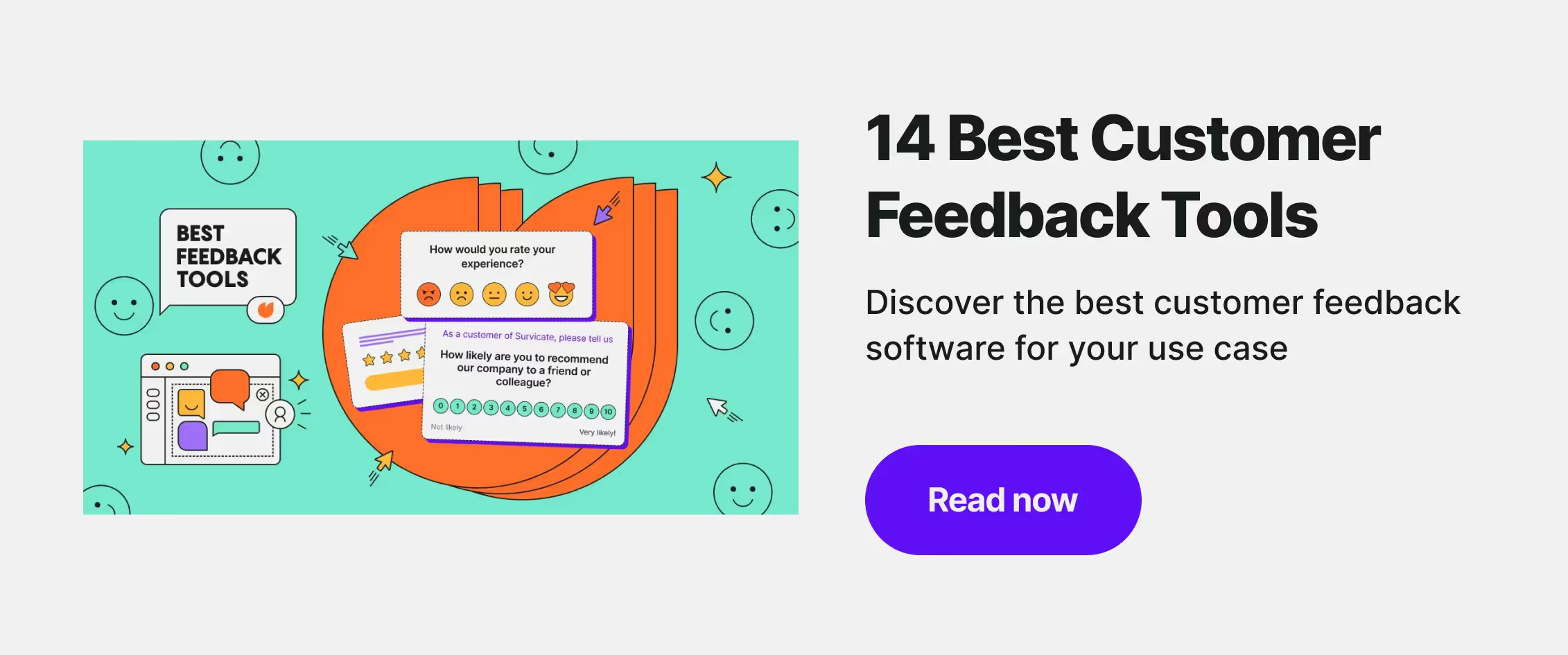








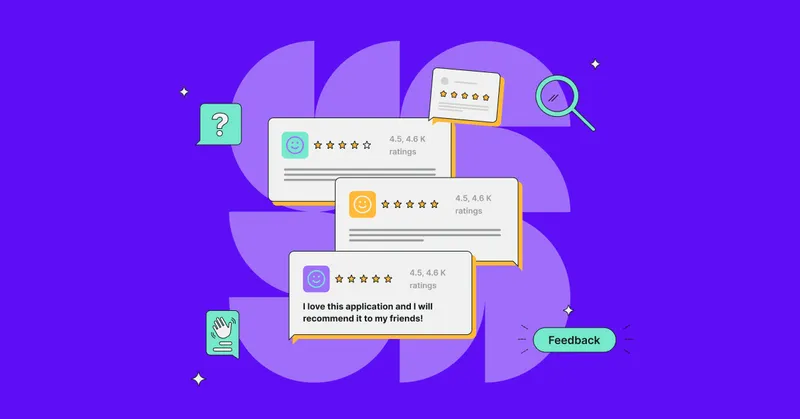
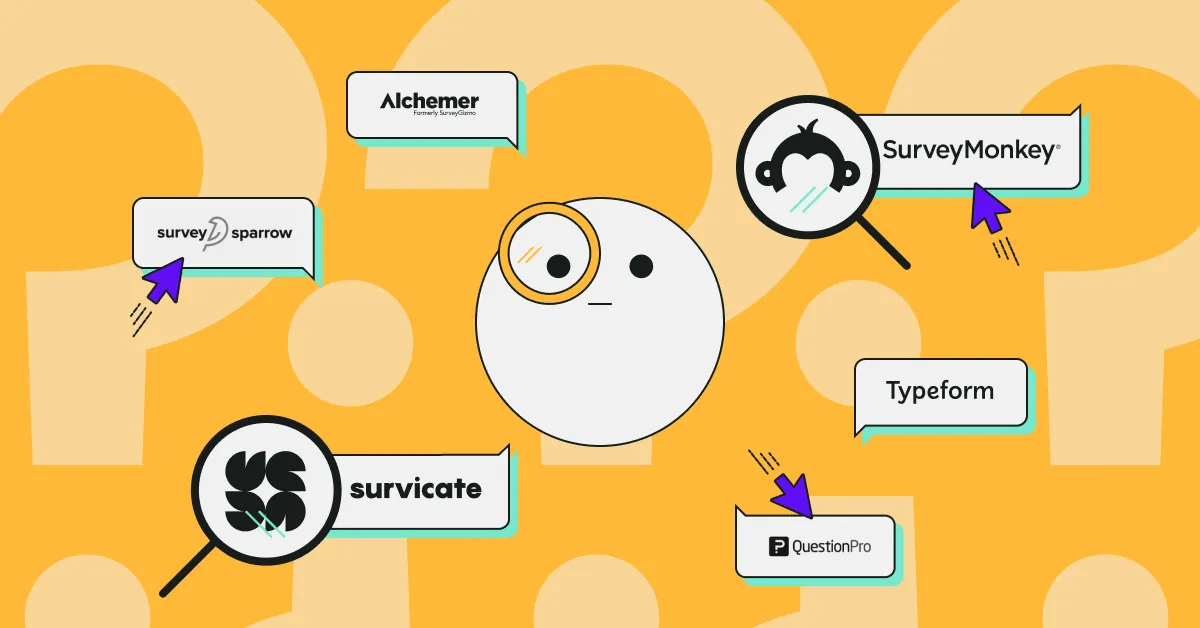
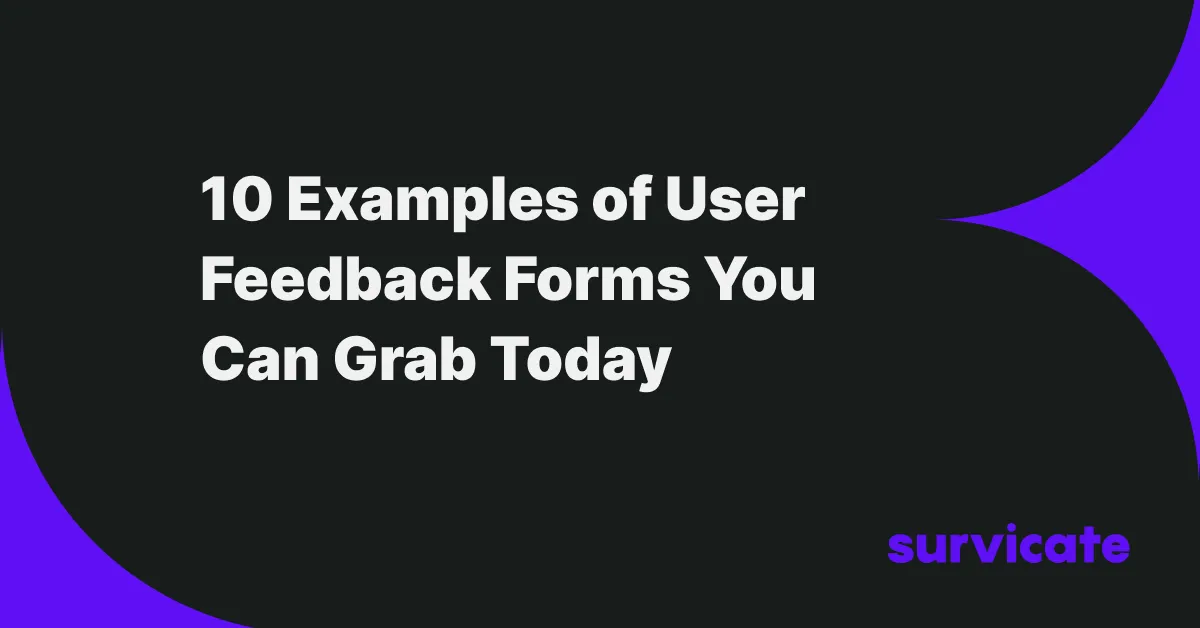
.png)

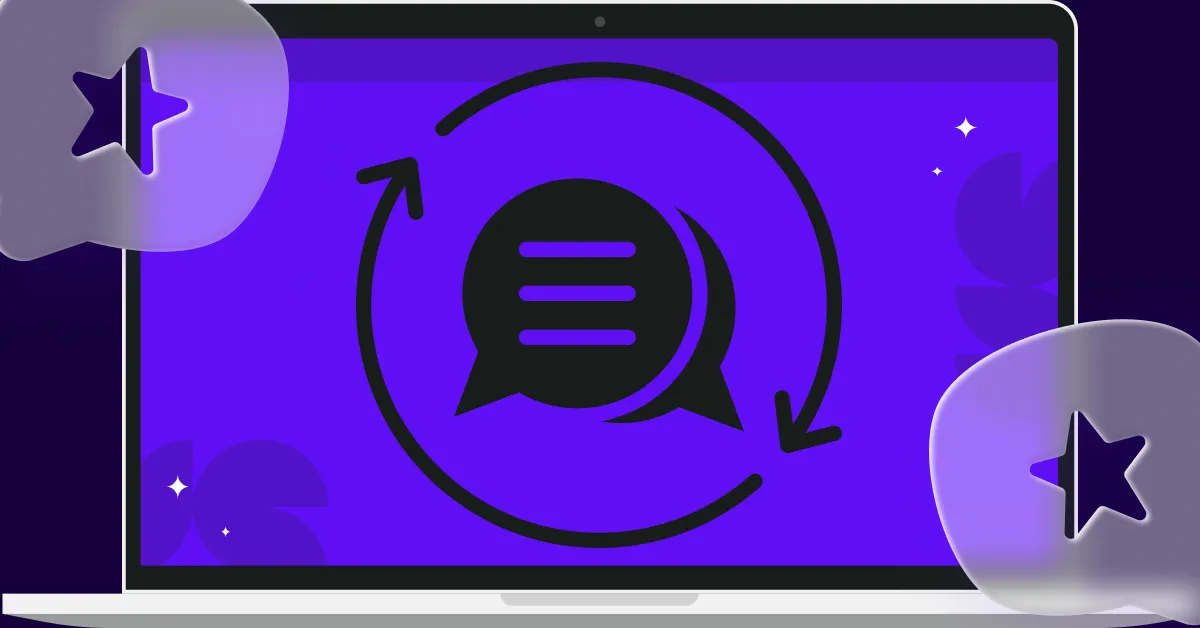

.svg)

.svg)



